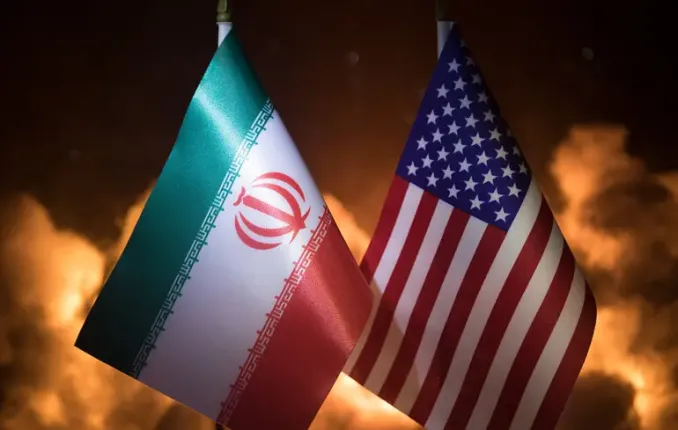Diplomacy Over Airstrikes: The Lasting Path to Stabilizing Iran’s Nuclear Program

The United States faces a critical decision in addressing Iran’s nuclear issue, a choice that will shape regional stability and global security for years to come. While the efforts of both American and Israeli forces have undeniably slowed Iran’s nuclear development, they are insufficient as a standalone solution. Without an official, comprehensive agreement that imposes long-term restrictions and establishes rigorous oversight, the threat posed by Iran’s nuclear ambitions could re-emerge or even escalate. Currently, intense debates in Washington revolve around the extent of damage inflicted on Iran’s nuclear infrastructure and the feasibility of rapid recovery. Experts warn that accurately assessing the damage, preventing hidden or new centrifuge facilities, and locating all stockpiles of enriched uranium will require weeks, if not months. There is also concern that Iran’s regime could combine any residual capabilities with technological advancements to quickly develop primitive nuclear weapons. Complicating the matter is the possible concealment or dispersal of nuclear materials and reduced transparency regarding Iran’s facilities. Intelligence agencies in the U.S. and Israel believe that even if Iran’s nuclear capabilities are significantly damaged, the regime may attempt to swiftly rebuild or enhance its nuclear programs. Nevertheless, military strikes—air and missile raids—offer only a temporary respite and do not guarantee the complete destruction of Iran’s nuclear infrastructure. They are expensive, risky, and could provoke further regional instability, especially as Iran continues to restore its defensive capabilities. Such strategies have already shown limitations, as evidenced by the deadly Hamas attacks on October 7, which revealed vulnerabilities. On the diplomatic front, U.S. enthusiasm appears to be waning. President Biden has recently expressed skepticism about the prospects of new agreements, highlighting frustrations with Iran’s reluctance to engage productively. Meanwhile, in Tehran, contact with the International Atomic Energy Agency has been severed, making verification more difficult. Even if moderate Iranian leaders favor diplomacy, reaching a mutually acceptable deal will require patience and political will—qualities currently in short supply within the administration. Experts argue that a durable agreement must include stricter verification measures, limited enrichment activities outside Iran under strict U.S. supervision, and the dismantling of existing centrifuges and uranium stocks. To strengthen its negotiating position, the White House can adopt measures such as clarifying its stance against regime change and reducing military presence in the region. It can also propose a phased plan for lifting sanctions and seek public backing from Israel, which has committed not to interfere with diplomatic efforts. Maintaining close relations with Congressional Republicans could help secure a treaty ratified by the U.S. Congress, assuring Iran that the deal is durable and not easily reversible. Ultimately, only diplomacy offers a sustainable solution to Iran’s nuclear challenge. Through negotiations rooted in mutual trust and transparency, the U.S. and its allies can work toward a future where regional peace and global security are maintained, avoiding the destructive spiral of conflict and proliferation.

